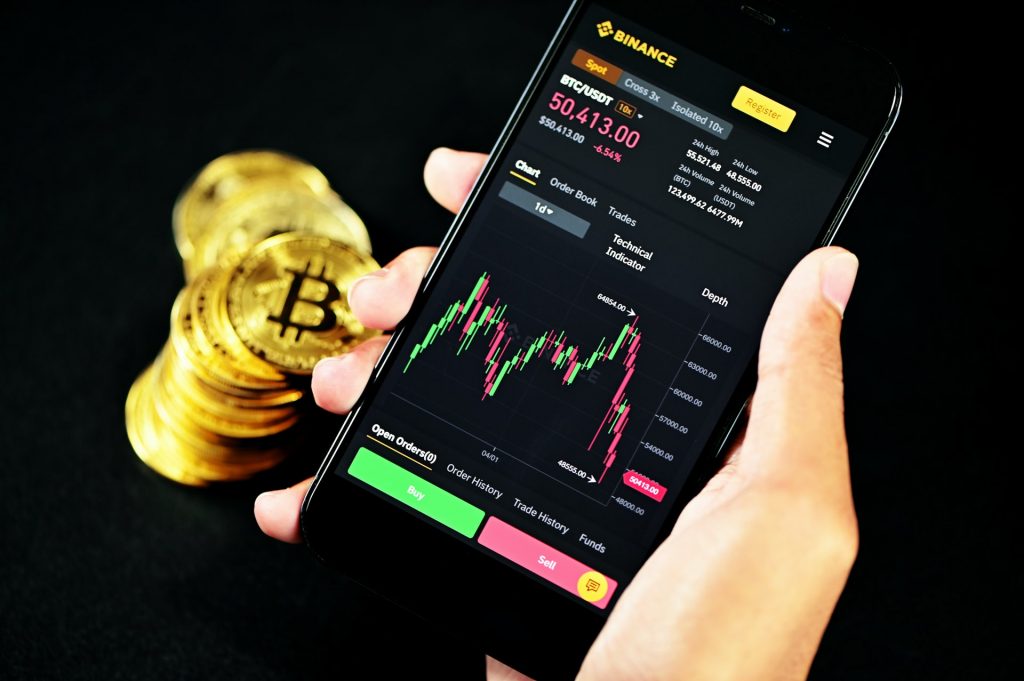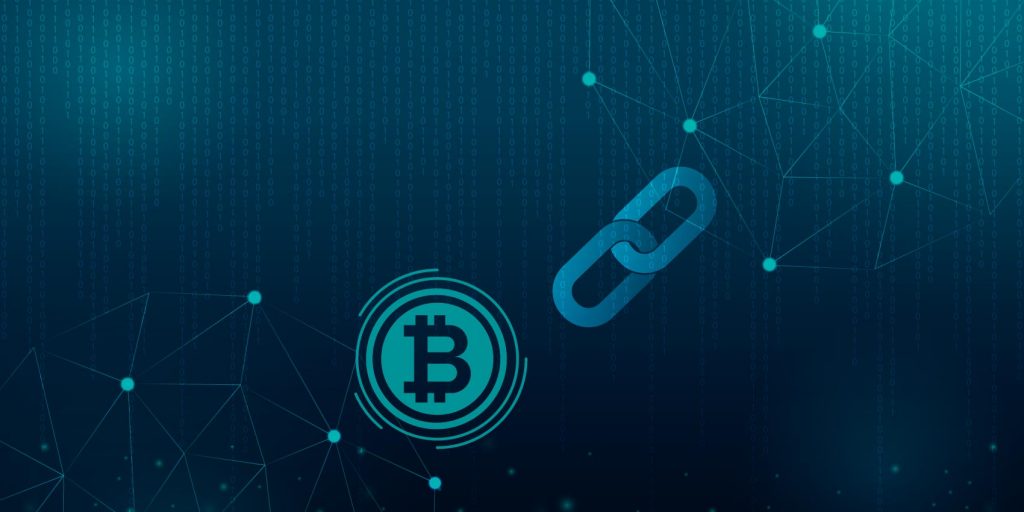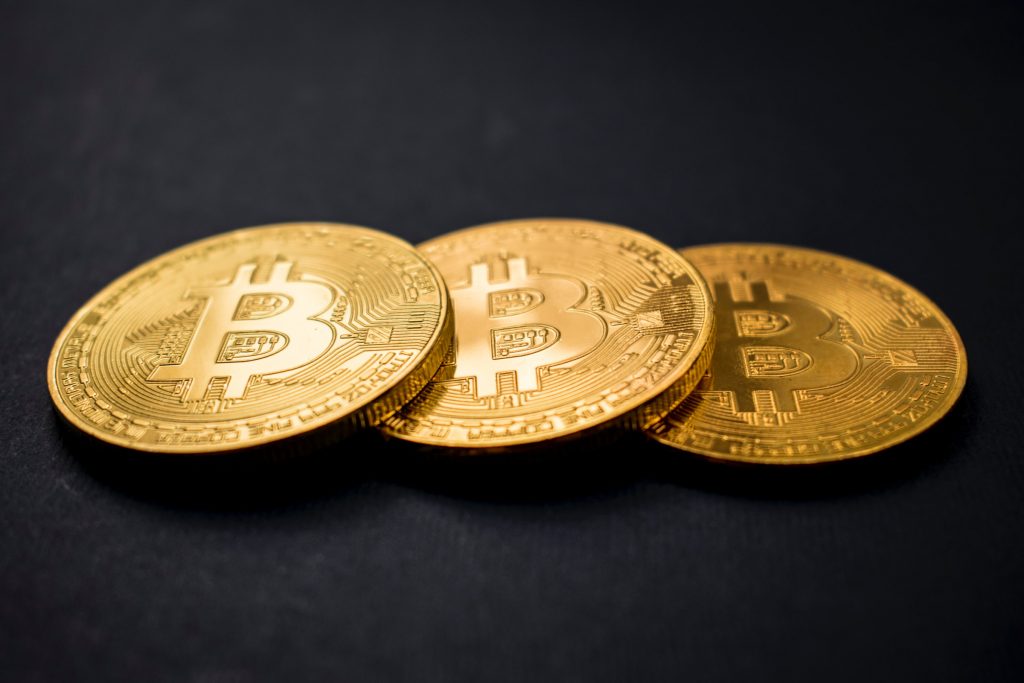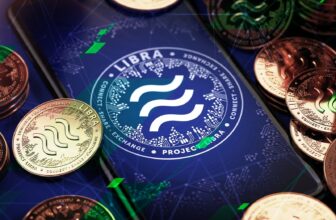
Whether you’ve been studying finance, trading, or cryptocurrencies over the last ten years, you’ve probably heard the word “Blockchain,” which refers to the record-keeping technology that powers the Bitcoin network.
Table of Contents
What is Blockchain?
Blockchain may appear complex, and it can be, but the central principle is very basic. A Blockchain is essentially a kind of database.
To understand business, it is necessary to first understand what a database is. A database is a list of data that is electronically collected on a computer server.
Database information, or records, is usually organized in table format to facilitate searching and filtering for relevant information.
Know more at https://quantum-ai.io/
What is the difference between storing information in a spreadsheet or a database?

Source: cynllunsabothol.org.uk
Spreadsheets are intended for storing and accessing limited quantities of information by a single individual or a small group of people.
A database, on the other hand, is intended to store considerably greater volumes of information that can be read, filtered, and manipulated rapidly and efficiently by any number of users at the same time.
Large databases do this by storing data on servers composed of powerful computers. These servers may often be installed with hundreds or thousands of machines to provide the computing power and storage space required for many users to access the database at the same time.
While a spreadsheet or database can be used by anybody, it is usually owned by a company and controlled by an appointed person who has full control of how it operates and the data contained inside it.
So, what is the difference between Blockchain and a database?
Storage Structure
The way data is structured differs significantly from a traditional database and a Blockchain. A Blockchain gathers information in groups, also known as blocks, that carry sets of data.
When a block’s storage capacity is reached, it is chained onto the previously full block, creating a data chain known as the “Blockchain.” The new information that accompanies that newly added block is compiled into a newly created block, which is then added to the chain until it is complete.
A database organizes data into tables, while a Blockchain, as the name suggests, organizes data into chunks (blocks) that are chained together. As a result, while all Blockchains are databases, not all databases are Blockchains.
When applied in a decentralized manner, this system creates an irreversible data timeline. As a block is completed, it is imprinted in stone and becomes a part of this timeline. When a block is added to the chain, it is assigned an exact timestamp.
Decentralization

Source: unsplash.com
It is instructive to see Blockchain in the light of how it has been applied by Bitcoin to understand it. Bitcoin, like a database, needs a series of machines to store its Blockchain.
This Blockchain is simply a form of database that records every Bitcoin transaction ever produced. In the case of Bitcoin, and unlike most databases, these machines are not always located under the same roof, and each computer or collection of computers is run by a distinct person or group of individuals.
Bitcoin is made up of thousands of machines, but each machine or group of computers that hold the Blockchain is located in a different geographic area and is run by different individuals or groups of people. Nodes are the machines that makeup Bitcoin’s network.
Is Blockchain Secure?
It is very unlikely to go back and change the contents of a block after it has been attached to the end of the Blockchain until the majority agrees to do so. This is because each block includes its hash, as well as the hash of the block before it and the previously listed time stamp.
A math function generates hash codes by converting digital data into a series of numbers and letters. If the data is changed in some way, the hash code changes as well. Here’s why it matters in terms of security.
Assume a programmer wishes to change the Blockchain to snatch Bitcoin from everyone else. If they changed their single copy, it would no longer be in sync with anyone else’s copy.
As anyone else compares their versions, they will notice that this one copy stands out, and the hacker’s version of the chain will be dismissed as illegitimate.
Bitcoin and Blockchain

Source: e-zigurat.com
The first blockchain appeared in 2009 with the digital currency Bitcoin. This name is given because transactions between users are grouped into blocks. Each block is validated by a node in the network represented by a “minor” (people who validate transactions using the computing power of computer hardware). Once the block is validated, it is time stamped and added to the blockchain. The transmission is visible not only to the person who received the Bitcoin, but to the entire network.
Public Blockchain and Private Blockchain
There is a “some” blockchain instead of the “the” blockchain. Some are completely open and decentralized (like Bitcoin), while others include actors who exercise their authority directly or indirectly over other members. These versions are increasingly being used by businesses, especially in the area of food traceability (Carrefour and Auchan are developing their own solutions). Conversely, in public blockchain, there is no permission link between actors.
What can it be used for other than Bitcoin?

Source: unsplash.com
The decentralized nature of blockchain, combined with its security and transparency, promises a much wider range of applications than currency domains.
Application for transfer of assets: Certificate of ownership of real estate, voting, stocks, bonds, etc.
Blockchain application as a register: Therefore, the traceability of products and assets is improved.
Smart contracts: These are autonomous programs that automatically execute contract terms and conditions and do not require human intervention once started (very useful for the insurance sector).
Some of our proven products include Axa’s Fizzy Airplane Delay Insurance, Owner’s Parcel Traceability, and the Augur Prediction Platform.
Conclusion
A Blockchain is a type of database. The way it stores information varies from that of a traditional database; Blockchains store data in blocks that are then chained together.
When new data arrives, it is added to a new block. If the block has been loaded with data, it is chained onto the previous block, resulting in the data being chained together chronologically.







